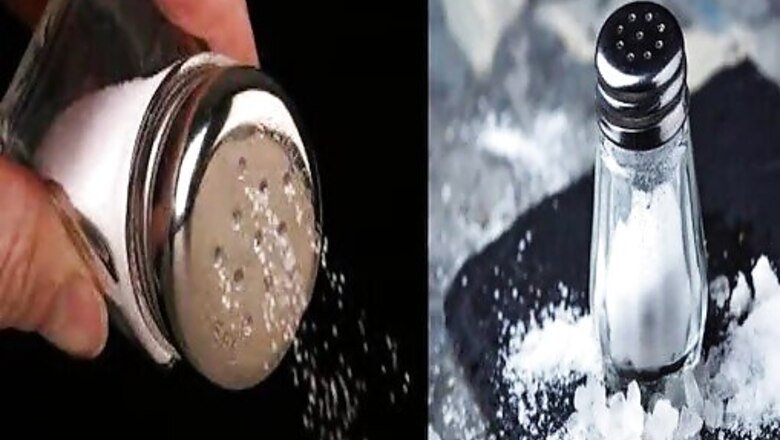
views
High blood pressure is perhaps one of the most common diseases in the world. One way to bring the blood pressure within the limits is to keep a tab on the salt intake. The old adage that nothing is good in excess, certainly holds true for salt. Finding the balance is the key when it comes to using salt in food. People who consume extra salt can experience serious symptoms and difficulties.
The most common consequence of consuming extra salt is increased blood pressure. The ideal limit of salt should be 2,300 milligrams a day. Whereas people with high blood pressure should not consume more than 1,500 mg per day. High blood pressure can lead to stroke which can be fatal.
There are certain things that we need to watch out for which might help you seek a doctor’s advice and prevent health emergencies.
Getting thirsty frequently
Consuming extra salt alters one’s fluid balance in the body. That happens due to an increase in sodium levels. Thus, if you get thirsty time and again, it may be the most simple way to know that you need to cut down on your salt consumption.
Body swelling
This is quite common in people with high blood pressure and high salt intake. Swelling in certain parts of the body is also a symptom of excess salt consumption.
Headaches
Although headaches are common for all ages, chronic headaches are the ones you should keep a watch out for. People who consume extra salt, complain of constantly recurring headaches.
Bone pain
If your bones are hurting, then it might just be another symptom of extra sodium in your body.
If these symptoms persist, immediately cut down on salt and consult a doctor.
Read all the Latest News, Breaking News and Coronavirus News here.



















Comments
0 comment